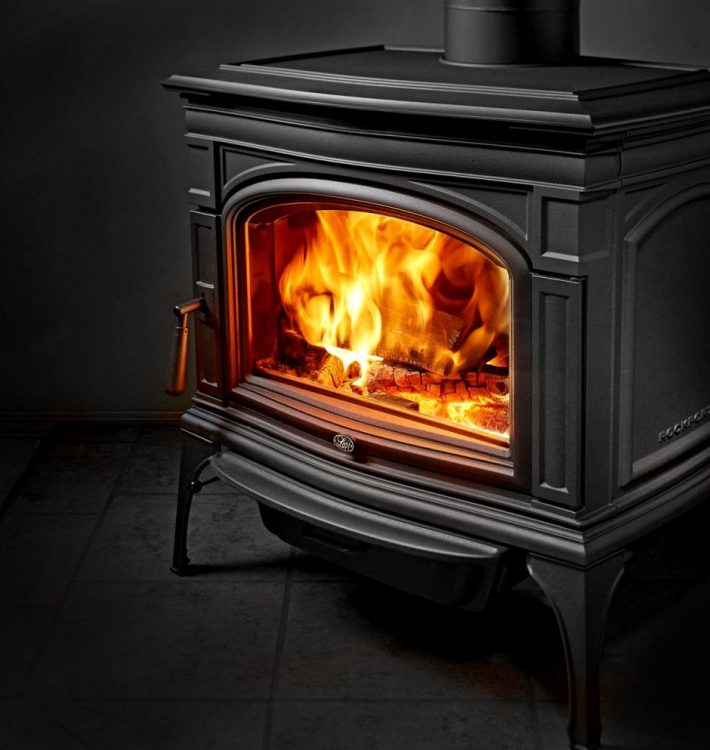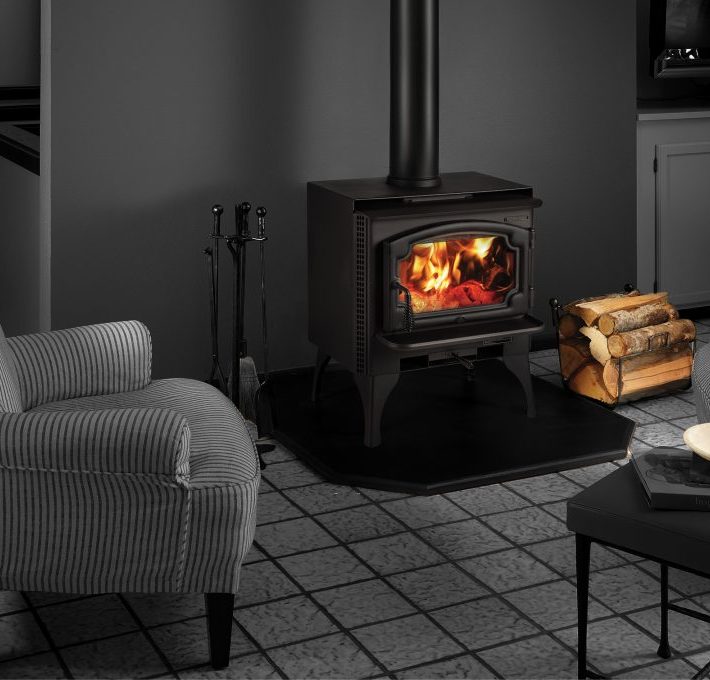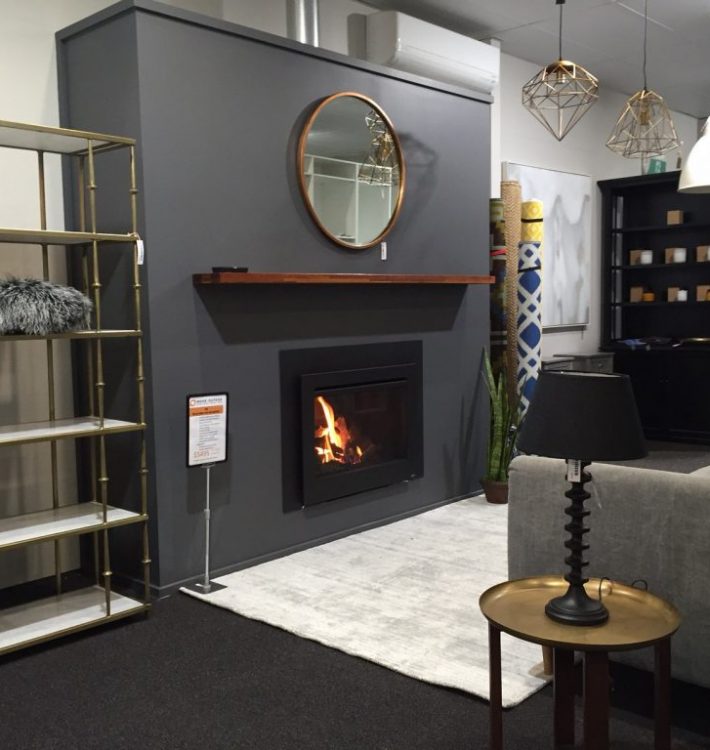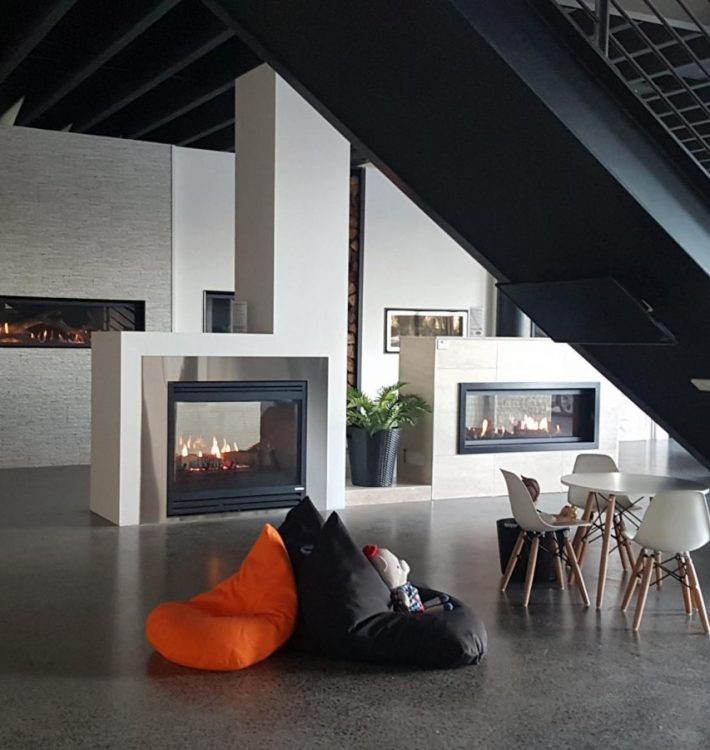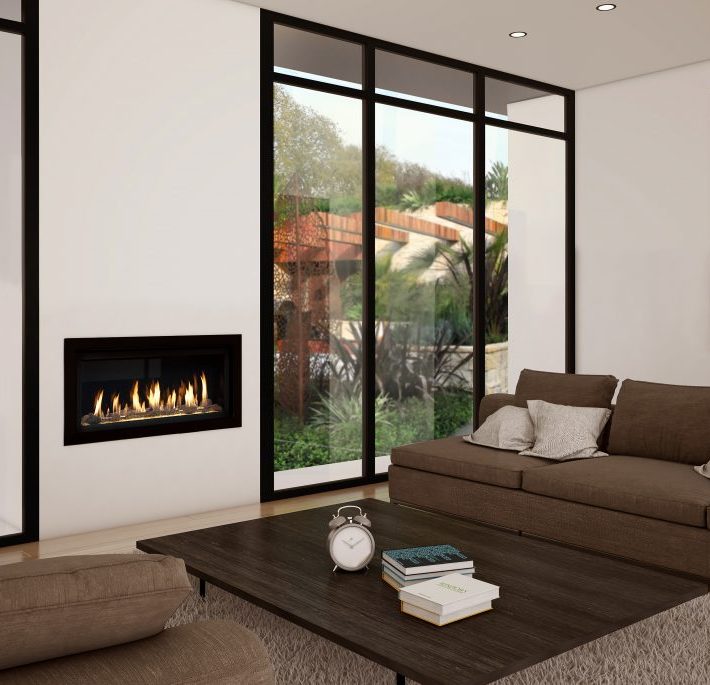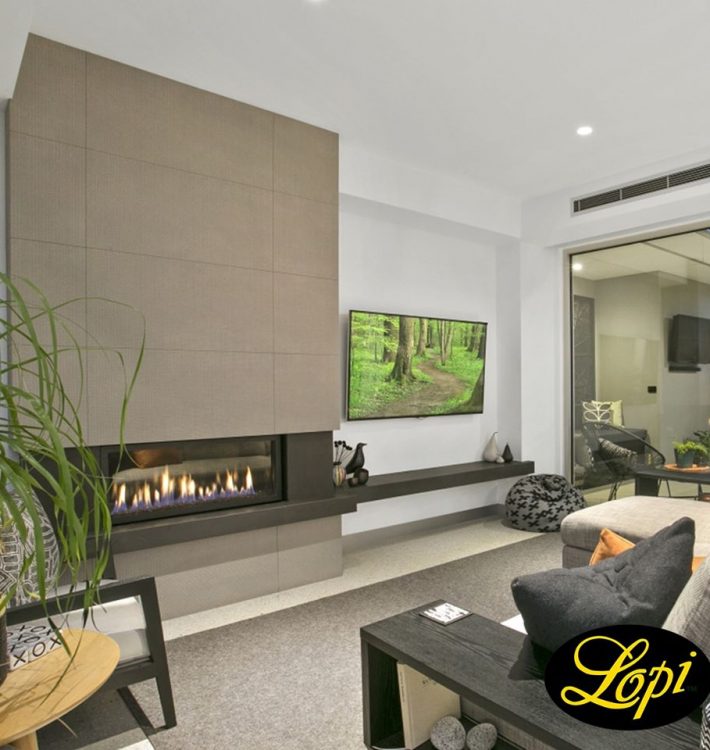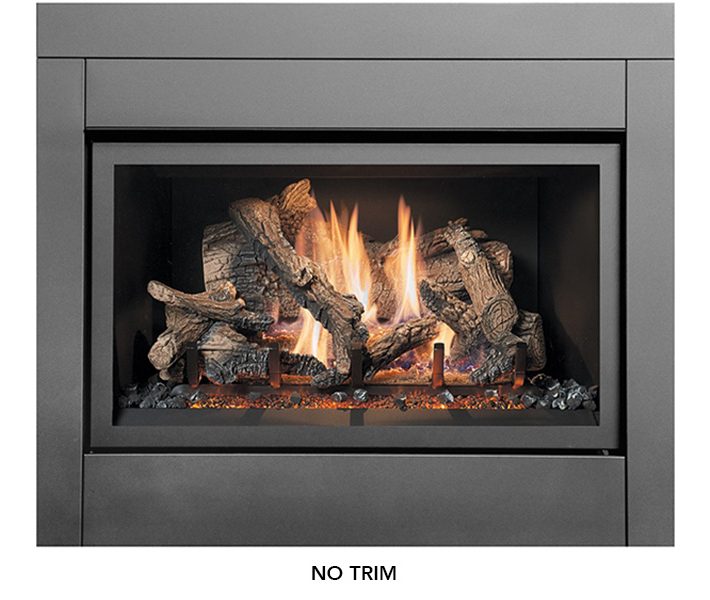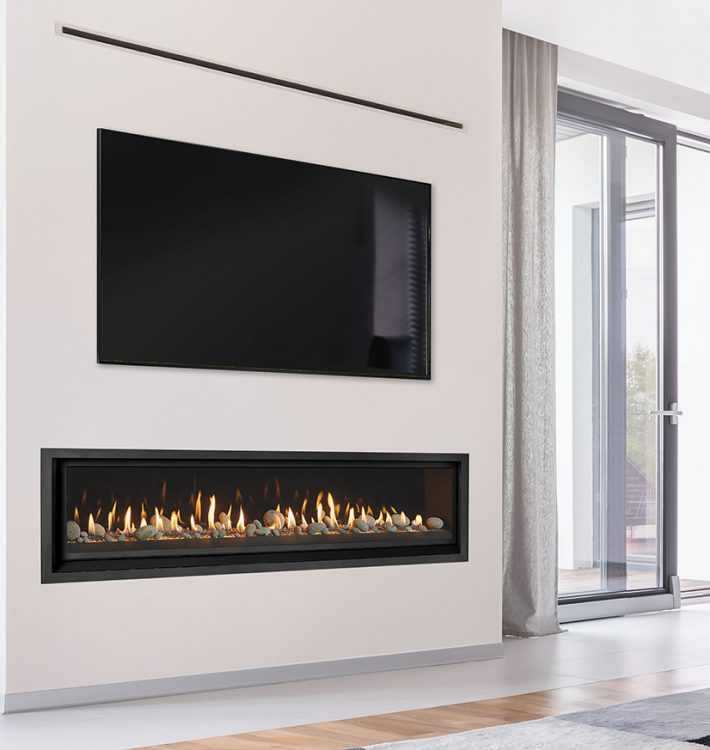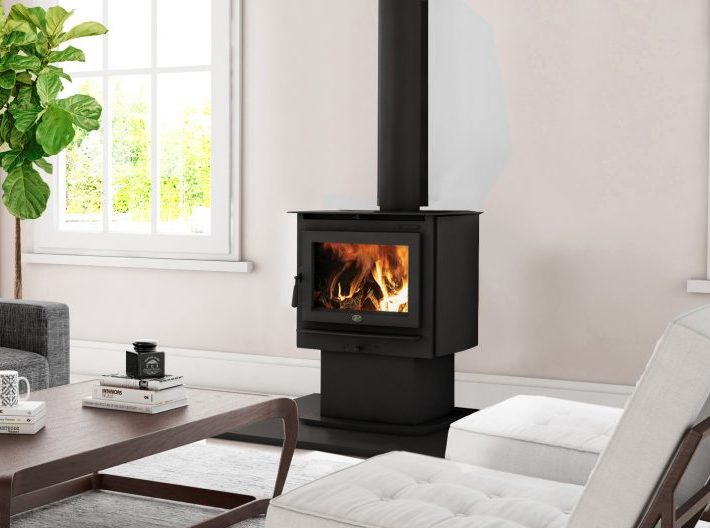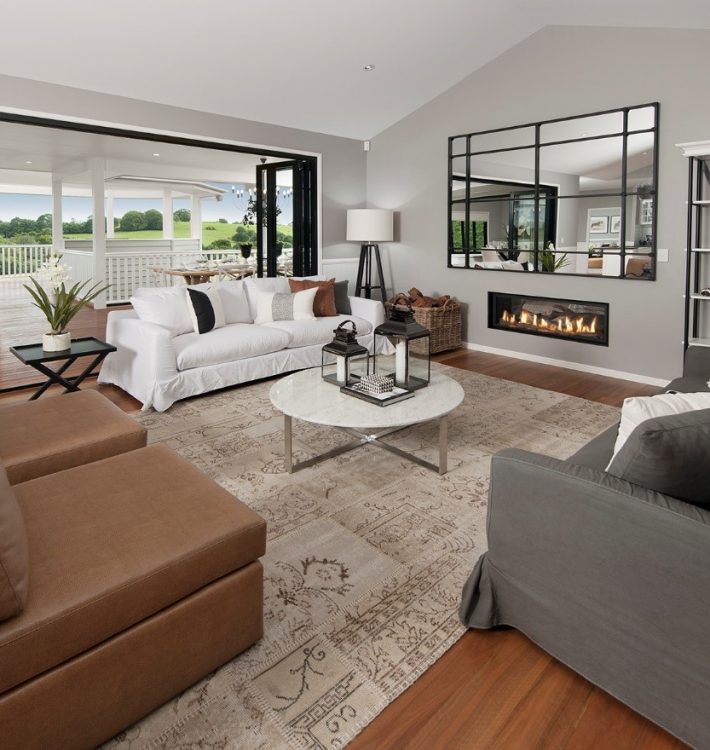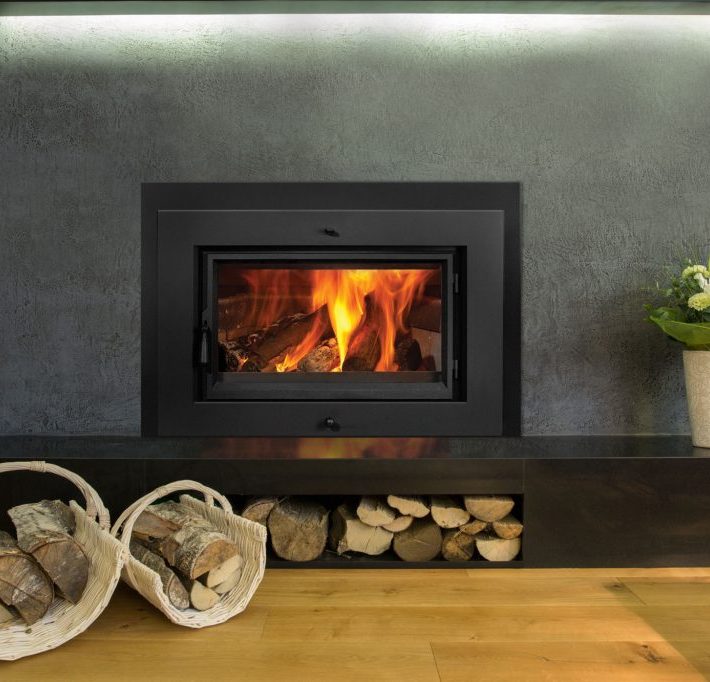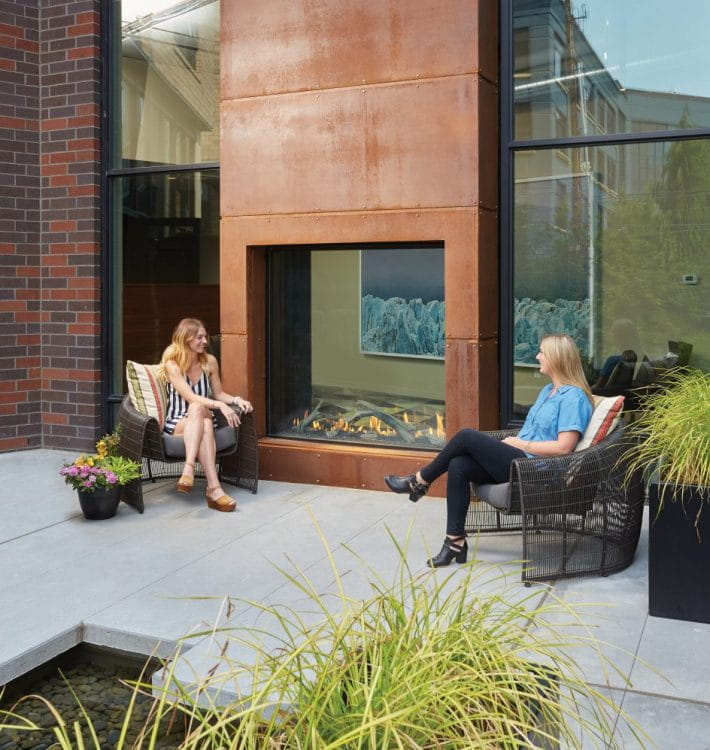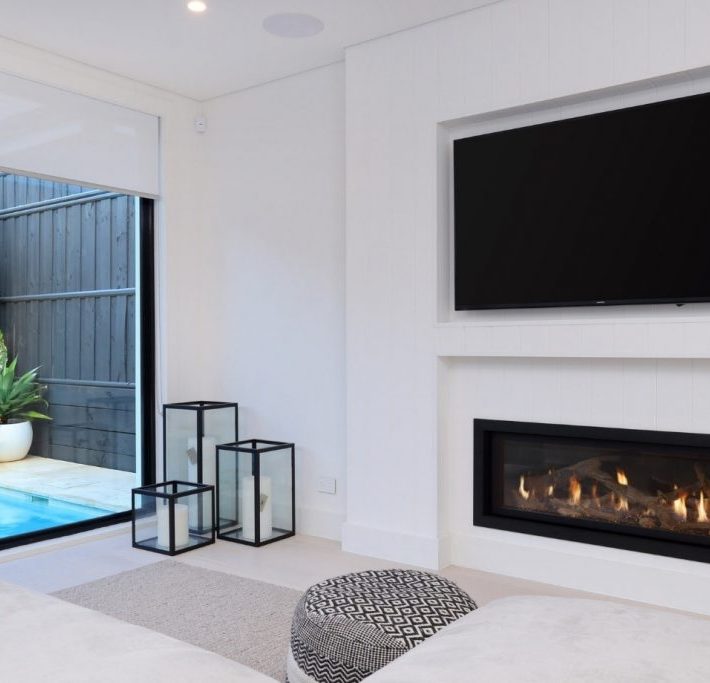21 August 2020
UNDERSTANDING FIREPLACE JARGON!

From Accent-Lighting to Zero-Clearance, you’re likely to come across several unfamiliar terms when searching for your ideal fireplace.
We’re happy to provide the below explanations for some of the more commonly used terms you’ll encounter during your fireplace shopping experience:
Chimney
A vertical channel (usually made of brick) which conducts smoke and combustion gases up from a fire or furnace and typically through the roof of a building.
Chimney Breast
A chimney breast is a portion of a chimney which projects forward from a wall into the room to accommodate a fireplace. Typically on the ground floor of a structure, the masonry extends upwards, containing a flue which carries smoke out of the building through a chimney stack.
A ‘mock’ chimney breast can also be made of other non-combustible materials to accommodate the depth of a fireplace and flue.
Flue Pipe
No matter which fireplace is selected each one has differing flue or vent requirements for them to work and/or meet their required efficiency levels. All fireplaces have a restriction in the amount of flue they can be installed with. This is usually stated with a minimum or maximum length as well as the number of bends allowable, if any.
Cowl or Flue Termination
Usually a hood-shaped covering used to increase the draft of a chimney and prevent backflow on a wood heater and other used on gas fireplaces. The cowl is usually made of stainless steel on a wood heater and galvanised steel or aluminium on a gas fireplace. Most cowls for wood burning heaters are fitted to the chimney to prevent wind blowing the smoke back down into the room below. On gas fireplaces sydney they can be installed vertically or even horizontally on an external wall.
Radiant Heat
Radiant heat comes off the stove in straight lines. Think of warming your back around a campfire. Radiant heat warms surfaces and gives a gentle warmth and comfort to everything in the room.
Convection Heat
Convection heat works like a forced-air furnace. The built-in heat exchanger harnesses the radiant energy from the fire and transfers it to the air as it naturally circulates around the firebox. The super-heated air is then delivered not just into the room but throughout the house through natural convection.
Clearances
Every fireplace is tested for clearances to combustible materials. Some gas fireplaces can have combustible materials contact them directly whilst other fireplaces may require more restricted conditions. If a fireplace produces more heat than another, it may require larger clearances or the use of a fan constantly operating in order to keep the firebox cool.
Some fireplaces can exhaust the heat away from the fireplace entirely meaning there is very little to no heat directly in front of or around the fireplace. This system allows ducting of that heat to selected points in the home.
Inbuilt Fire (Masonry) v Zero-Clearance
Inbuilt heaters can be installed within an existing masonry fireplace to maximise heat output and efficiency. Zero-clearance models do not require an existing masonry fireplace. They can be installed directly into timber stud walls which gives you flexibility to decide where to place your fireplace.
Some fireplace models are designed as dedicated zero-clearance units whilst others do not have this provision but often have an option for an additional zero clearance box allowing it to be installed into a combustible wall.
Direct Vent (Balanced Flue) Technology
Sealed glass-fronted gas fireplaces that take their oxygen from outside of the building through one pipe and exhaust the harmful gasses back outside through another pipe. Most direct vent fireplaces can also terminate their flue systems vertically or horizontally. Some fireplaces require a power flue system to accomplish this.
Power Flue v Natural Draft
Direct Vent fireplaces can be either a ‘power flue’ or ‘natural draft’ system. A Power Flue utilises a fan to mechanically exhaust the harmful gasses outside. This fan is mounted either inside the firebox, in-line of the flue system or externally. Natural Draft is a term used to describe this same process but naturally without the need for a fan or power to operate.
Hearth
By its simplest definition, a hearth is the floor beneath and directly in front of a fireplace, usually made of brick, stone, marble or concrete. In North America, the word ‘hearth’ can mean the entirety of the fireplace and can symbolically represent ‘the centre of the home, warmth and light, food and protection’.
Turn Down Ratio
Turndown ratio refers to the width of the operational range of a device and is defined as the ratio of the maximum capacity to the minimum capacity. For example, the range of which a gas fireplace or wood heater can be turned down by from high to low.
Comfort Control / Split Flow Burner
Some gas fireplaces have a ‘Comfort Control’ feature which means the gas burner is split into two sections (Split Flow). The rear portion of the burner can be switched off completely so that the front section can operate independently giving more flexibility in the amount of heat produced and a more varied flame effect increasing it’s ‘turn down ratio’.
Smart Thermostat
A ‘Smart Thermostat’ mode or function on gas fireplaces modulates the flames up or down to meet the set room temperature. This means that gas is conserved, and a flame is maintained for longer than normally possible. A standard thermostat operates by running at a set flame height and then switches on/off when the room temperature is met. Flame height is not increased or decreased to accommodate for the varying temperature.
Ceramic Glass
Ceramic Glass is commonly used on high heat output fireplaces such as wood stoves and heaters or high capacity gas fireplaces. Ceramic glass can hold a greater amount of heat than tempered glass and therefore often increases a fireplaces ability to offer increased radiant heat.
Tempered Glass
Tempered glass is regular glass that has been heat-treated to increase strength and thermal shock resistance to prevent injury by changing the break pattern. Tempered glass is the most commonly used glass on gas fireplaces.
Fans
Fireplace fans are air-circulating units designed to maximise the power of your fireplace blower by moving warm air into other areas of your home. These fans can sometimes be added as an accessory to circulate warm air into your home.
Weather Box
A fireplace is sometimes installed on an external wall of a home by cutting a hole in the wall with the firebox positioned outside rather than within a chimney breast. This is accomplished by installing with a weather box structure around the firebox. The weather box is usually constructed out of steel or brickwork. The advantage of a weather box is no loss of interior floor space and not having to build a mock chimney structure within the room.
Accent Lighting
Accent lighting is used in modern gas fireplaces to highlight certain elements of the fireplace. For occasions when you want no heat at all, you can turn on the accent lights and enjoy a warm glow without actual flames. Of course, your accent lights can be used when the fire is burning as well.
To learn more about Lopi’s range of Wood and Gas Fireplaces, visit our website or select from our Product Brochures below:
2020-Traditional-Gas-Fireplaces-WEB-LR (2)
2020-Linear-Fireplace-Range-WEB-LR-2 (1)
Read Also:
































